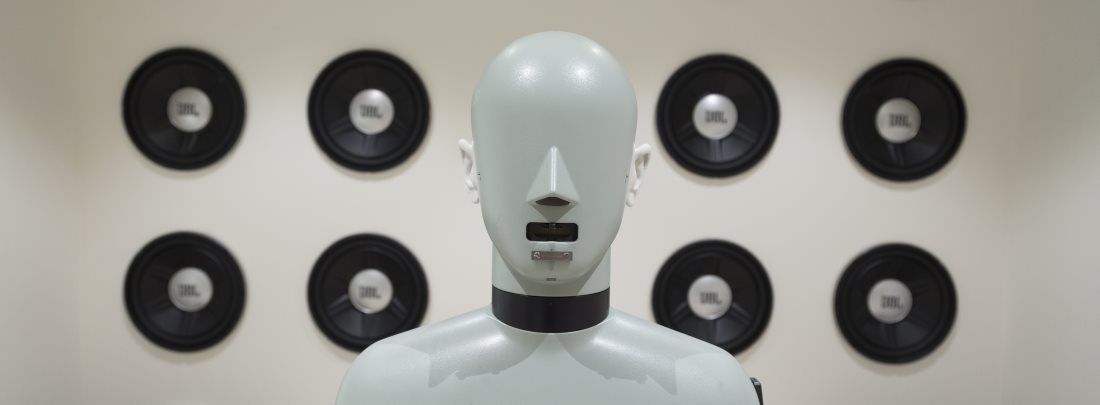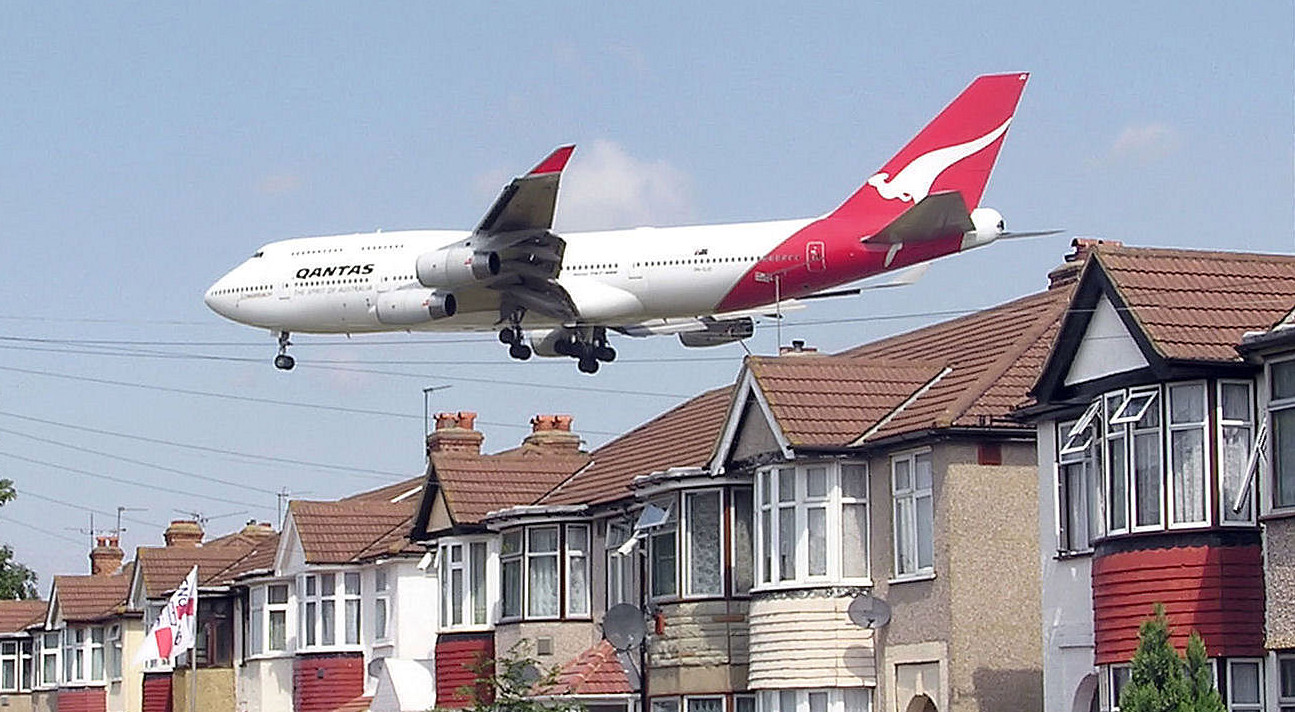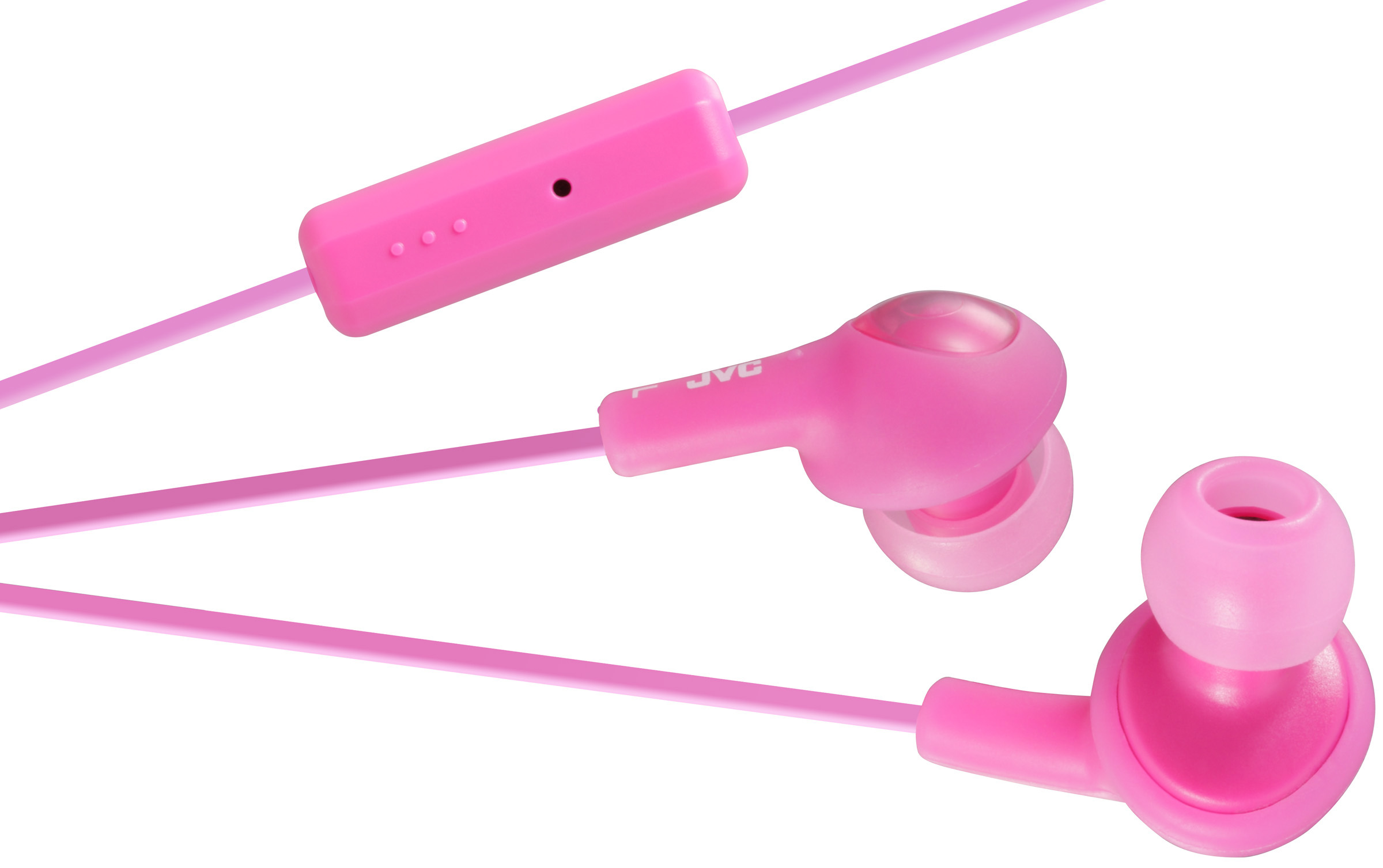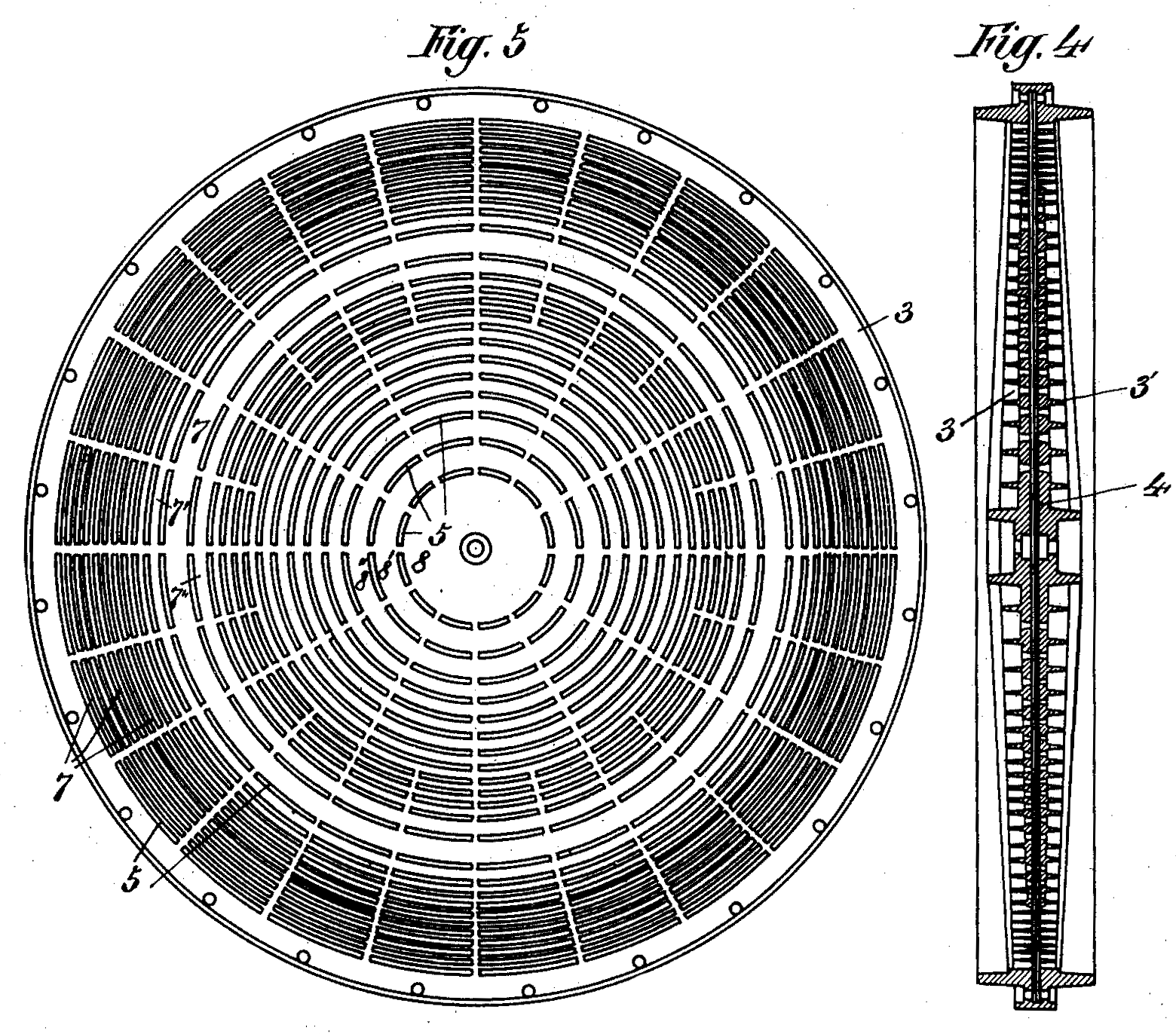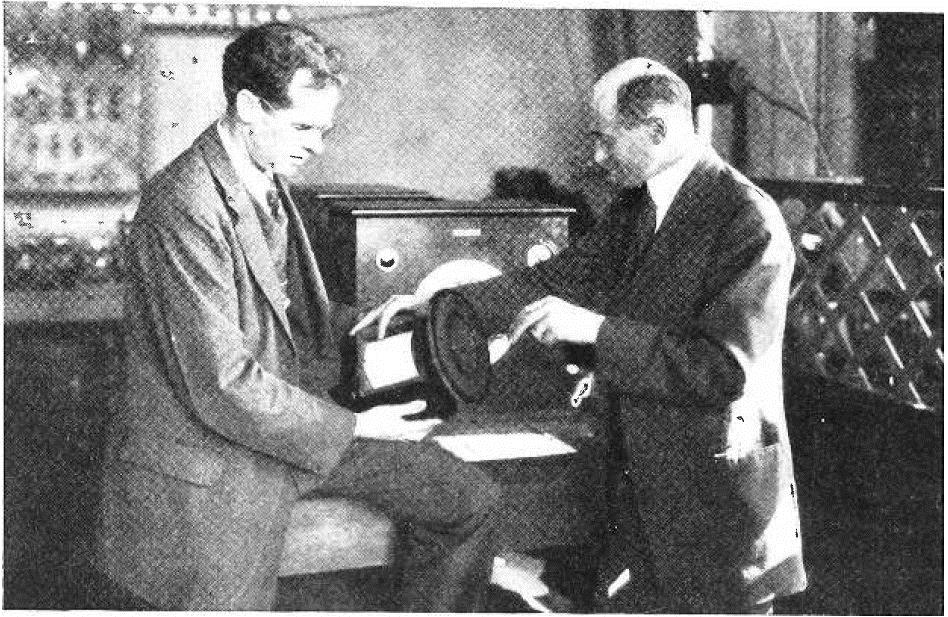The 39th Scandinavian Symposium on Physical Acoustics will be held at Geilo Hotel from January 31 to February 3, 2016. This year it is organised by Ulf Kristiansen and Erlend Viggen, both at ARC. The theme for the meeting will as usual be physical acoustics, with emphasis on hydroacoustics, nonlinear acoustics, ultrasound, general sound propagation and applications in technology, medicine and fisheries.
The purpose of these meetings is primarily to stimulate contacts and exchange information between different Scandinavian teams working in this research area. Although the symposium is Scandinavian, foreign participants are most welcome, and the meeting language will be English. As usual, we expect a rather informal tone, the main goal being to create contacts, not only during sessions, but also by social activities, indoors and outdoors (cross country and downhill skiing). The meeting normally attracts about 50 participants holding about 25 talks throughout 5 sessions.
Read more…Invitation to the 39th Scandinavian Symposium on Physical Acoustics
